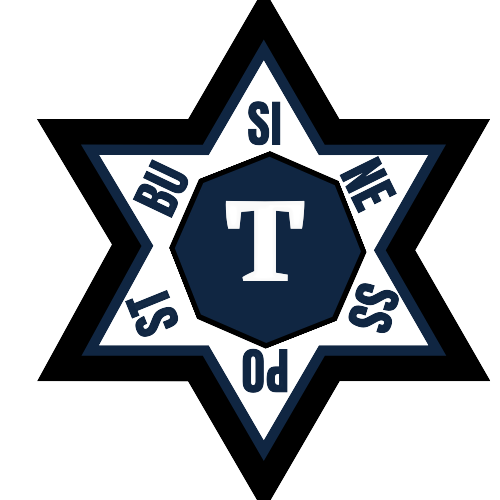What is Toll the Dead and How Does It Work?

Toll the Dead is a DND 5th Edition variant, which stands for Dungeons and Dragons, 5th Edition. In Toll the Dead you play as a human, or another creature that isn’t undead in an attempt to survive an infested city. You’ll have to find supplies, make alliances with others who are playing, and raid abandoned buildings for protection and resources.
What is Toll the Dead and How Does It Work?
Toll the Dead is an interactive website that lets you pay your respects to those who have passed away. You can choose to leave a tribute, upload a photo, or write a message.
The site takes your payment and transfers it to the charity of your choice. The money goes towards memorials, scholarships, and other services related to death and bereavement.
Toll the Dead was created by two friends in memory of their mother. They wanted to create a safe place where people could share memories and condolences.
There are three ways to use Toll the Dead:
1) You can leave a tribute or send a message to the people who have died.
2) You can upload photos of loved ones who have passed away.
3) You can make donations to charity using the donation form on the website.
The Basics of DND 5th Edition
DND 5th Edition is a game of medieval fantasy and adventure, where players take on the role of brave adventurers seeking to complete quests, save the world from villains, and make some friends along the way. In this game, players can create their own characters and play out their own stories in a living world full of danger, magic, and intrigue.
One central part of DND 5th Edition is the use of dice. Characters in DND use six-sided dice to determine their successes or failures in various actions. When a character takes an action that might result in a chance for failure (such as attacking with a weapon), they roll the die to see whether they achieve their desired outcome. For example, if a player wants to attack an enemy with a sword but doesn’t know whether they’ll succeed or not, they would roll the die to see whether they hit their target. If they didn’t hit their target, then they would Roll Again To Resolve The Attack Result.
Another important part of DND 5th Edition is the use of spells. Spells are special abilities that characters can use to help them accomplish tasks or defeat enemies. In order to cast a spell, characters must first gather magical energy called Mana Points (MP). MP can come from different sources (like eating food or drinking potions), so it’s important for players to be careful about how much Mana They Spend Each Day. Once characters have enough MP, they can cast spells by rolling dice and
Basic Rules of DND 5th Edition
The DND 5th Edition Basic Rules of Toll the Dead offer a concise way to handle the process of raising an undead character from the dead. This article provides a brief overview of the rules, followed by a tutorial on how to use them.
To toll the dead, you must first determine how many hit points your character has remaining. Next, subtract 10 from this number and roll d6. On a result of 4-6, your character dies and becomes an undead creature with that many hit points. Undead creatures cannot be healed or resurrected, but they can be destroyed in other ways (such as being set on fire). If you roll 7 or more, your character instead becomes an undeathed spirit that can still be killed (although it’s much harder).
When an undead creature is killed, its body disintegrates and its soul is released. If there are any living creatures within 30 feet of the corpse when it dies, they must make a DC 15 Will save or become overwhelmed by fear (as per the spell frightful presence) for 1d4 rounds. The save DC is Constitution-based.
Once you have determined how many hit points your character has left and whether they have become an undead or undeathed spirit creature, you are ready to toll the dead. To do so, find your character’s corpse and make a ranged touch attack against it. On a successful hit, your target takes 1d6 necrotic damage
Advanced Rules of DND 5th Edition
In 5th Edition of the Dungeons and Dragons tabletop roleplaying game, the toll the dead mechanic is a new way to keep track of hit points and how much damage an opponent has done. The toll the dead mechanic is similar to damage reduction, but it applies not just to physical attacks but also to spells and abilities.
When an opponent’s character takes damage from an attack or spell, they make a Constitution check. If their Constitution score is lower than the target’s hit point total, then they take that many hit points of damage as well as any additional effects from the attack or spell. For example, if someone casts fireball and your character has 18 hit points left, your character would take 18 fire damage as well as any other penalties (such as being set on fire). In addition, if your character has 0 hit points then they are slain outright and cannot be healed by anyone.
If you want to prevent an opponent from taking toll the dead damage from an attack or spell, you can use a shield or magic resistance. A shield blocks all physical attacks except for critical hits, while magic resistance reduces all magical attacks by 50%.
Conclusion
Toll the Dead is a new app that allows you to connect with bereaved families members in order to help them cope with their loss. The app connects grieving loved ones with funeral directors, cemeteries, and mortuaries so that they can arrange for the burial of their loved one as soon as possible. Toll the Dead also helps bereaved families by providing them with information on how to claim tax deductions for funeral expenses, and it provides support networks for those who need it most. If you are affected by a death in your family and would like some help coping, toll the dead is available to assist you.



